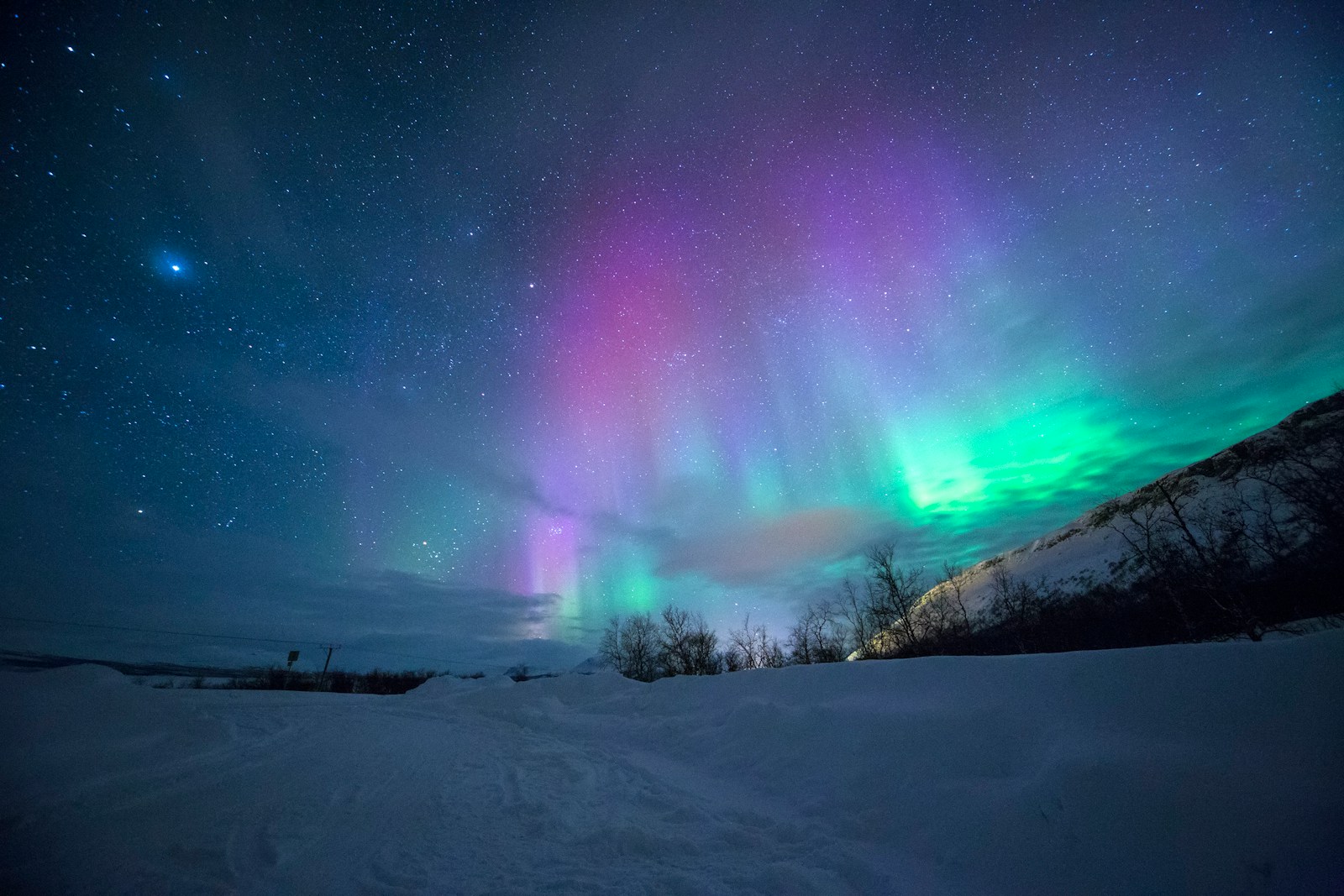This Christmas, the skies over the Upper Midwest may light up with dazzling auroras due to a predicted geomagnetic storm. Here’s what stargazers need to know.
Key Points at a Glance
- A geomagnetic storm is expected on Christmas, potentially creating visible auroras over the Upper Midwest.
- The northern lights might be visible in areas with clear skies and low light pollution.
- The aurora forecast stems from solar activity producing charged particles that interact with Earth’s atmosphere.
- The National Oceanic and Atmospheric Administration (NOAA) has issued a geomagnetic storm watch.
A unique celestial event may enhance this year’s holiday season as a geomagnetic storm could make the aurora borealis visible in parts of the United States. This rare display, commonly known as the northern lights, is usually confined to high-latitude regions, but strong solar activity has created the perfect conditions for it to extend further south.
The National Oceanic and Atmospheric Administration (NOAA) has issued a geomagnetic storm watch, forecasting enhanced auroral activity for December 25. These spectacular light shows occur when charged particles from the sun collide with Earth’s atmosphere, creating vibrant displays of green, pink, and purple hues.
Residents of the Upper Midwest, including states like Minnesota, Wisconsin, and Michigan, may have the best chance to see the auroras if weather conditions cooperate. Viewing opportunities will be optimal in areas away from urban light pollution. Rural regions and open fields will provide the clearest views.
Keep an eye on the local weather forecast, as cloud cover can obstruct visibility. Stargazers are also encouraged to check real-time aurora trackers and NOAA’s Space Weather Prediction Center updates for the latest activity predictions.
Auroras are the result of solar wind particles being drawn toward Earth’s magnetic poles. These particles excite oxygen and nitrogen molecules in the atmosphere, causing them to emit light. The intensity and visibility of auroras depend on the strength of the geomagnetic storm, which is categorized by NOAA on a scale from G1 (minor) to G5 (extreme).
This Christmas storm is classified as a G2 (moderate) event, meaning the auroras could extend further south than usual. While not every storm guarantees visible auroras in lower latitudes, the holiday timing adds an extra layer of excitement for enthusiasts.
For many, seeing the northern lights is a bucket-list experience. This Christmas, nature’s light display offers a rare chance to witness the wonder of the aurora borealis without traveling to the Arctic Circle. Make sure to bundle up, grab a thermos of hot cocoa, and prepare for a magical night under the stars.
The anticipated geomagnetic storm is a reminder of the dynamic and unpredictable beauty of our universe. Whether you’re an avid stargazer or a casual observer, this event is sure to make the holiday season unforgettable.
